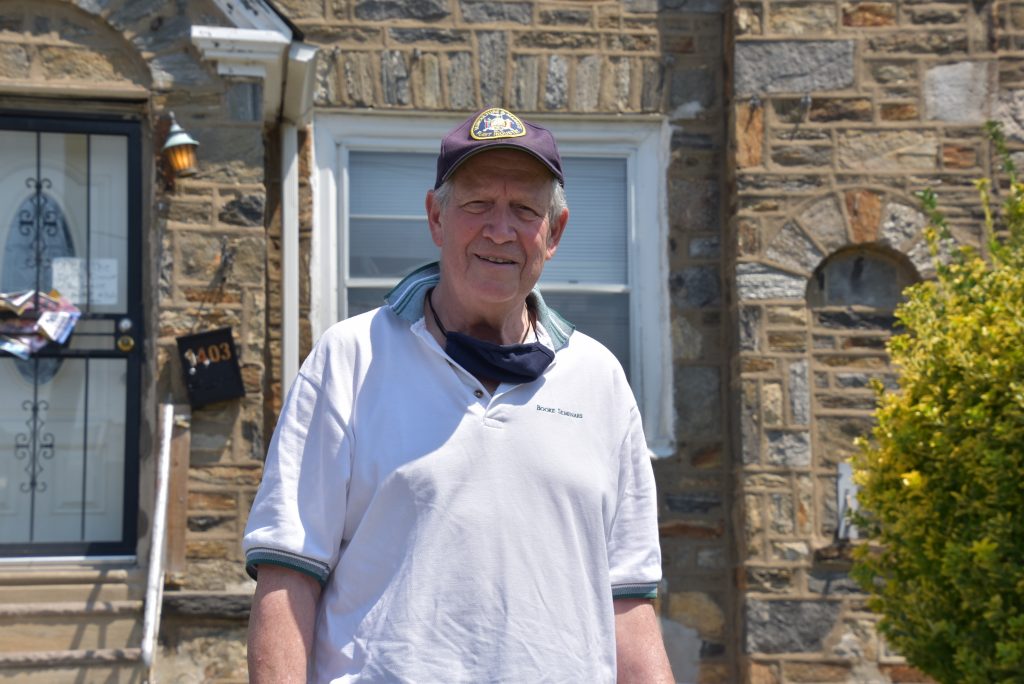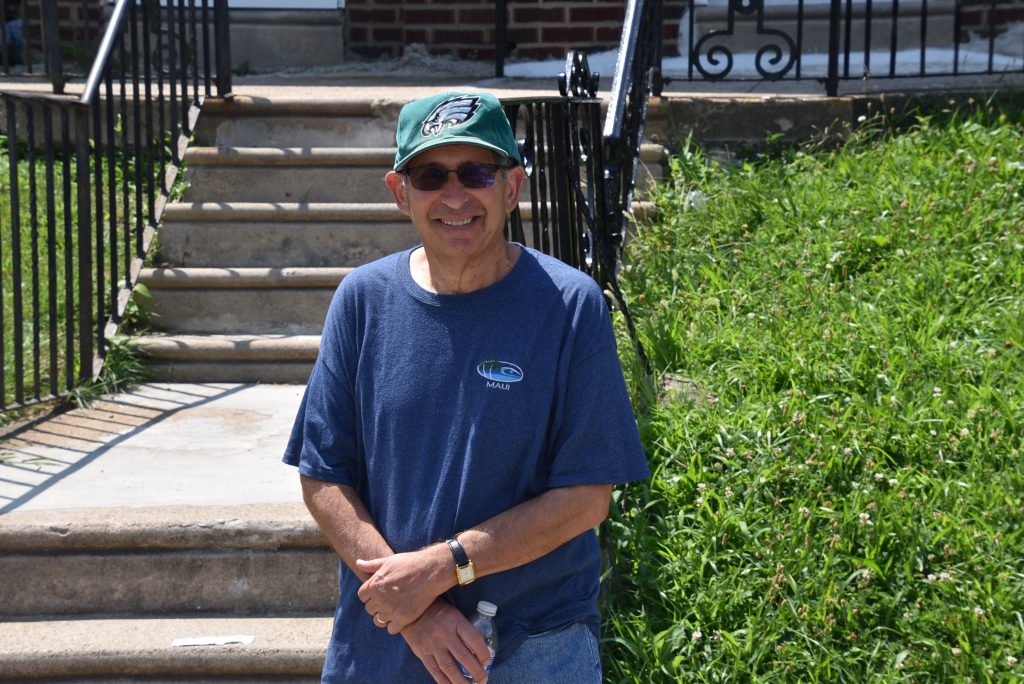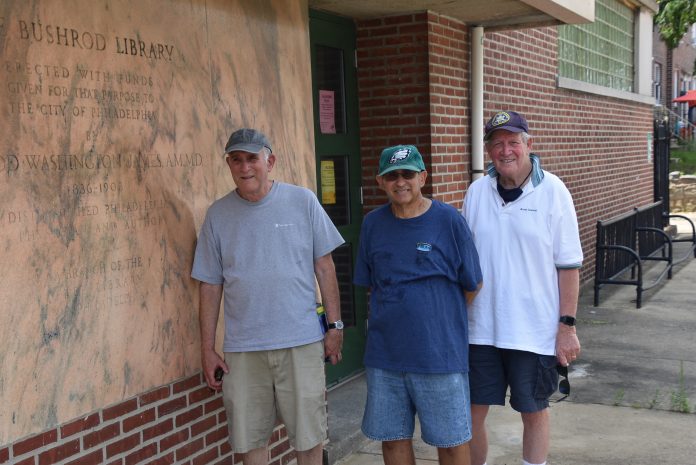

Marty “Neg” Kenig, Mark “Yitz” Turetsky and Rick “Shoi” Spector spent the height of the pandemic communicating with other Northeast natives on Zoom for 52 consecutive weeks.
The three Oxford Circle natives, along with the others, had fun reminiscing, and it boosted everyone’s morale during shutdowns.
As conditions eased, though, they agreed that it would be great to remember their old haunts in person.
So, on Friday, the three met outside Bushrod Library for a stroll along both sides of Castor Avenue.
Kenig, Turetsky and Spector met in the mid-1960 at Fels Junior High and have been in close touch ever since. Kenig grew up on the 1300 block of Gilham St., while Turetsky called the 1400 block of Magee Ave. home and Spector lived on the 6600 block of Souder St.
Back then, that area was considered Oxford Circle, Today, most people label that section Castor Gardens.
Another major change is the demographics. While it was once a largely Jewish neighborhood, the shops on Castor Avenue and the residents of the side streets come from multiple ethnicities.
The men recalled playing half-ball and wiffle ball, going home for lunch during school days, shopping for comic books, going to the movies for 25 cents, patronizing pharmacies and some great eateries, collecting candy from local businesses on Halloween and hopping on the SEPTA Route 59 trackless trolley that would take them to the Margaret-Orthodox El stop and eventually destinations such as Connie Mack Stadium.
One day, late in the 1960 presidential campaign, John F. Kennedy’s motorcade traveled down Castor Avenue. The best neighborhood games were played in the Fels and J. Hampton Moore school yards.
No cell phones back in the day.
“These are the memories,” said Spector, a retired social worker who now operates a nostalgia company.
The men, all of whom live in the suburbs, walked north to just past Tyson Avenue. They visited the former Tyson movie theater, now a flooring company, hoping to see some of the old wall murals, but they were covered up. Maybe someday they will be rediscovered.
“Lots of good times here,” Spector said of the Tyson, a single-screen, 700-seat theater that was the first of its kind on the avenue when it opened in 1938.
In between Bushrod and the old theater, the men didn’t see too many old-time businesses still open. The sign for the Castor Bar remains, but the establishment was not open. S&H Hardware & Supply was open, a block north of where it used to be.
The storefronts of former businesses — some closed for many years, others more recent — that the men passed included Lenny’s Hot Dogs, Food Fair, Penn Fruit, A&P, Ott’s camera shop, Woolworth, Sunray Drugs, Pep Boys, Fleet’s men’s clothing shop, the Gingham House, Movies Unlimited, Drug Emporium and Singers Appliance.
The men also passed by “Doggy Island,” at Cranford, Loretto and Magee avenues, now mostly an overgrown dumping ground.
Turetsky, a lawyer, walked by his old home. He recalls his grandparents also living in the neighborhood.
“It was a great childhood,” he said.
Kenig, a retired optometrist, also walked past his childhood home in between stops on the commercial corridor.
“It’s great to be able to walk the avenue,” he said. “You can’t in the suburbs. You have to drive everywhere.”
Yes, you can go home again.
“It’s great to be able to have good friends to go down memory lane with,” Spector said. ••






